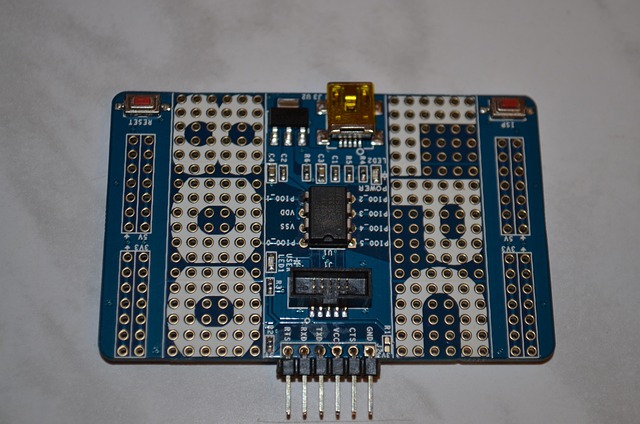
A Closer Look: Keyboard Innovations in IT and Informational Technology
A Closer Look: Keyboard Innovations in IT and Informational Technology
The keyboard is often considered one of the most fundamental tools in the realm of IT and informational technology. While it might seem like a mundane piece of hardware, the evolution of keyboards reflects the rapid advancements in technology and the changing needs of users. In this post, we will explore how keyboard innovations have shaped the landscape of IT and the significance they hold in enhancing productivity and user experience.
The Evolution of Keyboards
From the early typewriter-inspired designs to sleek, ergonomic models, keyboards have undergone significant transformations. The introduction of the QWERTY layout, originally designed to prevent typewriter jams, became a standard that persists today. However, modern technological advancements brought forth various layouts and functionalities to suit different user preferences and applications.
Mechanical vs. Membrane Keyboards
One of the most notable innovations in keyboards is the rise of mechanical keyboards. Unlike their membrane counterparts, mechanical keyboards utilize individual mechanical switches for each key. This provides tactile feedback and audible clicks that many typists and gamers appreciate. Mechanical keyboards have garnered a dedicated following, particularly among IT professionals who spend long hours typing code or managing systems. The durability and reliability of mechanical switches make them a favorite for demanding environments.
Ergonomic Designs for Comfort
With the increasing recognition of the importance of ergonomics in the workplace, keyboard designs have also adapted to prioritize user comfort. Split keyboards, wrist rests, and adjustable angles are just a few examples of how manufacturers are addressing the needs of users who may experience discomfort or strain during prolonged use. In the world of IT, where typing speed and accuracy is paramount, keyboard innovations that promote a healthier posture can greatly impact productivity and well-being.
The Role of Wireless and Bluetooth Technology
As mobility becomes increasingly essential in today’s IT landscape, the development of wireless and Bluetooth keyboards has transformed how professionals interact with their devices. Wireless keyboards allow for a clutter-free workspace, enabling users to type seamlessly across multiple devices, from desktop computers to tablets, without the hassle of cables. The convenience of wireless technology empowers IT professionals to work flexibly, enhancing their efficiency and collaboration capabilities.
Customizable and Programmable Keyboards
Customization is another area where keyboard innovations have flourished. Many modern keyboards offer programmable keys that allow users to assign specific functions or macros, streamlining workflows and boosting productivity. For IT professionals who frequently perform repetitive tasks, customizable keyboards can save valuable time and effort. Additionally, software development has spawned a variety of tools that enable programmers to design their ideal keyboard layout, catering to individual coding styles and preferences.
Conclusion
As we take a closer look at keyboard innovations in the field of IT and informational technology, it’s evident that this humble piece of hardware plays a pivotal role in our daily tasks. With advancements in design, functionality, and user experience, modern keyboards continue to evolve, adapting to the needs of professionals and hobbyists alike. Embracing these innovations can not only enhance productivity but also create a more enjoyable and efficient working environment.



